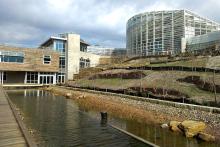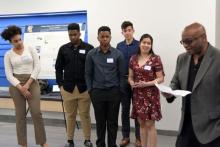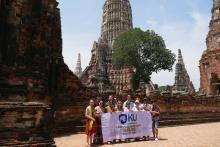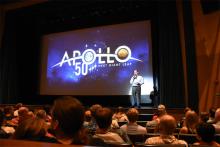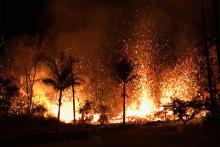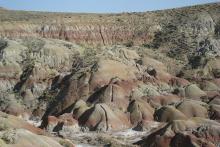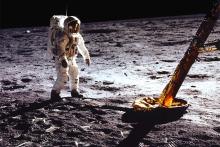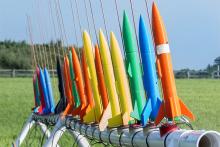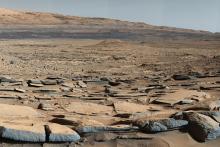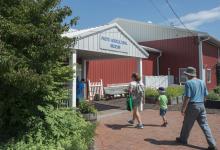Penn State’s Study Away Pittsburgh is designed to give students an immersive, semester-long opportunity to study urban sustainability while living in Pittsburgh.
EnvironMentors at Penn State, a local chapter of a national program focused on engaging and preparing underrepresented high school students for careers in STEM fields, is looking for faculty mentors as it expands into its second year.
From its gorgeous beaches to energetic cities, Thailand is known for its iconic tourist attractions. But Penn State students who recently toured the Southeast Asian nation as part of a Maymester study course had a different experience
Neil Armstrong took “one giant step” 50 years ago when he became the first human to walk on the moon. To mark the Apollo 11 mission’s anniversary and promote STEM education, Penn State held family events last week to honor the historic launch and lunar landing.
A volcano will not send out an official invitation when it’s ready to erupt, but a team of researchers suggest that scientists who listen and watch carefully may be able to pick up signs that an eruption is about to happen.
Rock core samples from a period of warming millions of years ago indicate soils contributed to a rapid rise in atmospheric greenhouse gas and suggest modern climate models may overestimate Earth’s ability to mitigate future warming, according to an international team of scientists.
Neil Armstrong took “one small step” onto the moon 50 years ago. To celebrate the anniversary of the Apollo 11 landing, Penn State will host a speaker and film event at The State Theatre in downtown State College on Saturday, July 20. The event, which is free and open to the public, begins at 6:15 p.m. with informational and interactive displays set up inside the theater.
Penn State's colleges of Agricultural Sciences, Engineering, and Earth and Mineral Sciences hosted a model rocket launch July 16 to celebrate the 50th anniversary of the Apollo 11 moon mission.
Photos taken by the Mars Curiosity rover may show a desolate rocky landscape to some, but to Penn State researcher Christopher House, the photos show potential for ancient life.
Three Penn State colleges, the NASA Pennsylvania Space Grant Consortium and the Pasto Agricultural Museum will mark the 50th anniversary of the Apollo 11 mission’s Saturn V rocket launch with a free family event that will include a simultaneous rocket launch, hands-on activities, exhibits and demonstrations.


